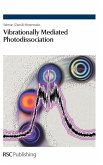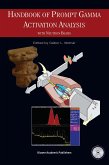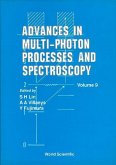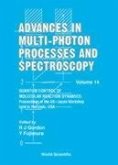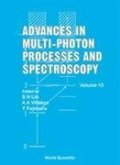The aim of this book is to provide an introduction for students and others who wish to use the techniques of optical activity (circular dichroism, CD) and optical anisotropy (linear dichroism, LD) for the study of the structure of molecules and interactions between molecules in solution. The emphasis is on what the techniques are and how to use them for both low and high molecular weight molecules with particular emphasis on proteins and nucleic acids. The authors have attempted to provide the intended user with an extensive but easy to use guide on both CD and LD. Some of the advantages of combined CD/LD studies are also outlined with example of DNA/drug complexes and protein insertion into membranes. This reference work is ideal for graduates, postgraduates and professionals.
Bitte wählen Sie Ihr Anliegen aus.
Rechnungen
Retourenschein anfordern
Bestellstatus
Storno


